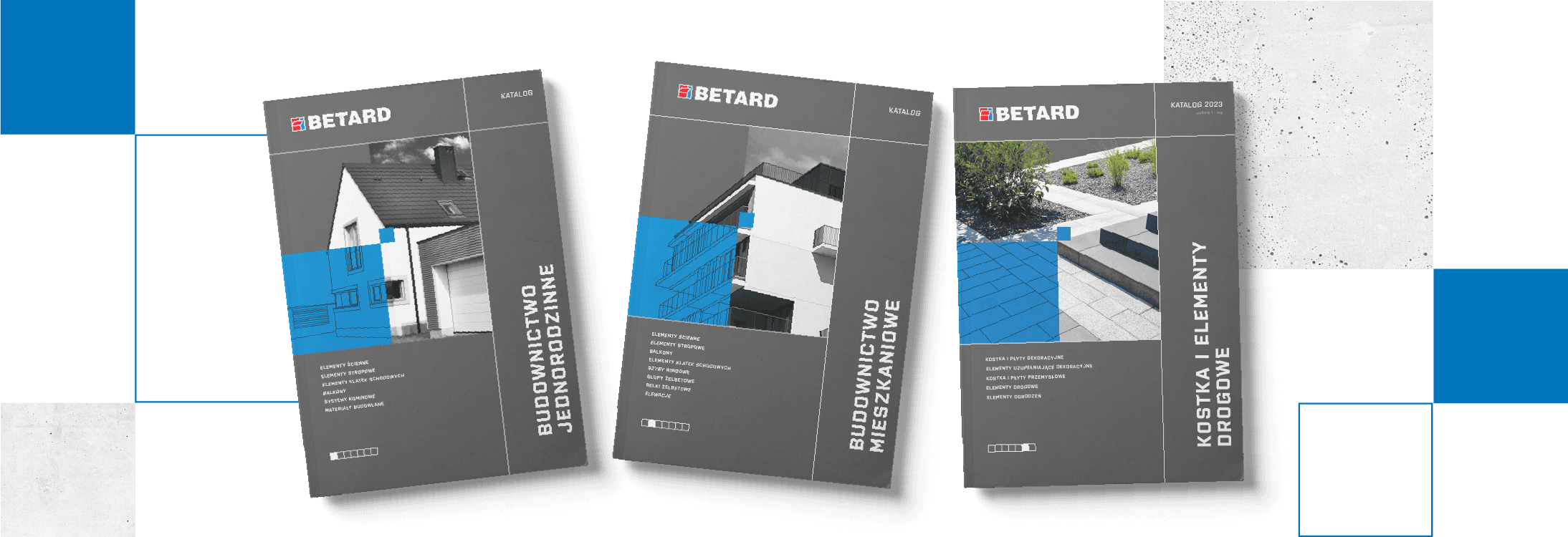Filigree composite walls can also be thermally insulated. PIR panels installed between reinforced concrete slabs are used for this. This choice is not accidental, as PIR polyisocyanurate panels are distinguished by their very favourable mechanical properties and low thermal conductivity. They use isocyanate, polyol and special activators and stabilisers. They are characterised by high fire resistance, resistance to moisture, mould and bacteria and low weight. This is a very favourable solution for replacing polystyrene and wool when space for insulation is limited and high thermal performance of the envelope is required, as the thermal conductivity λ of this material is already 0.020-0.022 W (m x K). Insulated composite walls make it possible to minimise thermal insulation and finishing work on site. Thanks to the location of the insulation layer inside the prefabricated element, the wall still has a smooth, aesthetically pleasing surface on both sides. This represents a significant advantage over prefabricated sandwich walls, which have only one side with a smooth surface, while the other side is trowelled.













